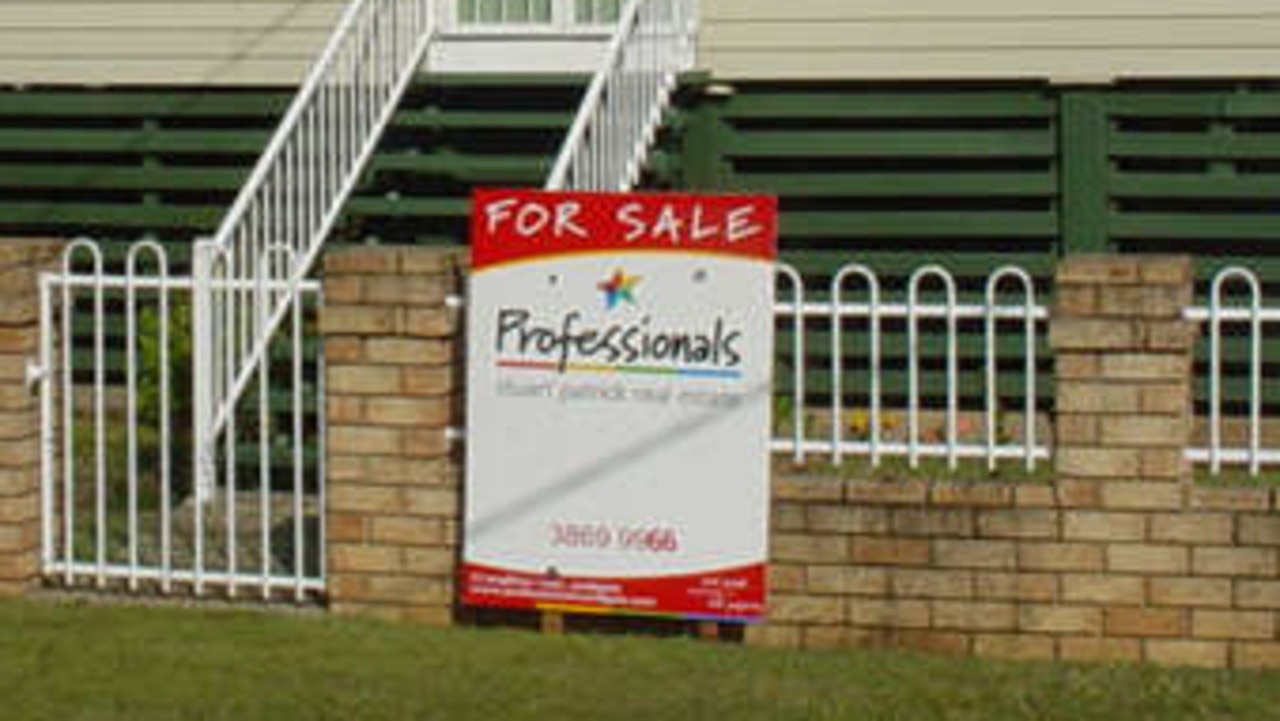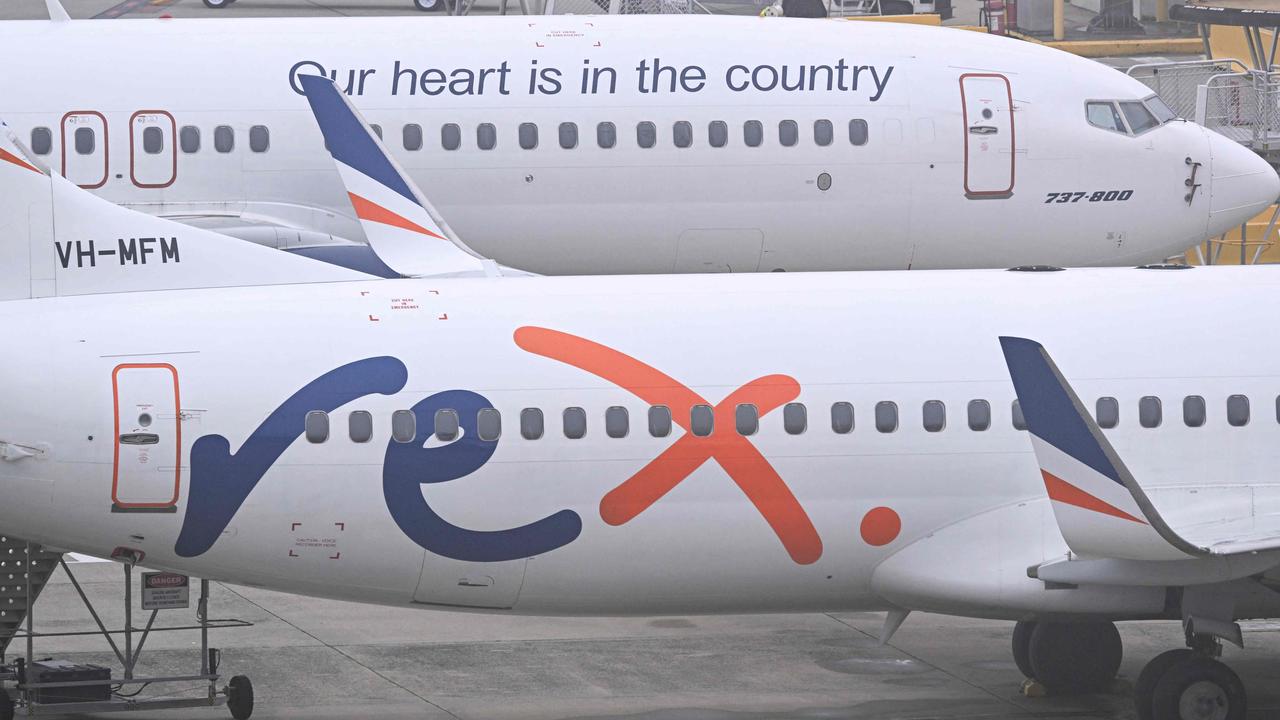Queensland Business Monthly: Cashed up couples spend big on weddings
CASHED-UP couples who are marrying later are spending big on their big fat Queensland weddings and businesses are reaping the profits.
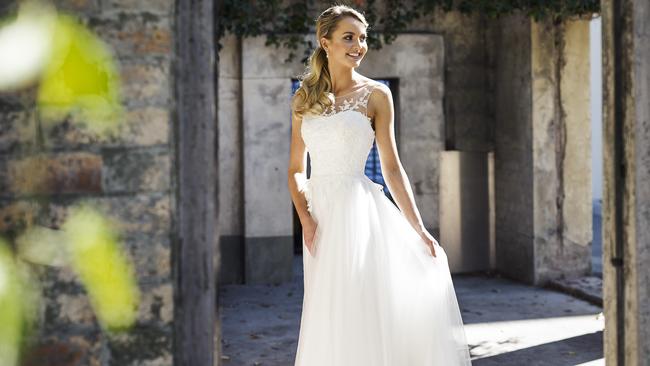
QLD Business
Don't miss out on the headlines from QLD Business. Followed categories will be added to My News.
THE sight of brides and grooms making their way down the aisle through crowds of confetti-flinging well-wishers are sure to clog up social media this summer.
More than 120,000 couples will say “I do” this year after spending an average of $50,000 on the special day. But each union isn’t just filled with the hope of lifelong happiness, it’s also filled with the promise of profit.
For every vow that’s exchanged there is a sweeping satin and tulle gown to be sold. For every aisle to walk down, there’s an angelic veil to complete the picture. And for every kiss that’s lovingly bestowed before a priest or justice of the peace, a multibillion-dollar industry is on standby to make the fairytale a reality.
It’s a global juggernaut worth more than $300 billion, according to Inc.com magazine. In Australia, the size of the sector is a little harder to pin down, but is believed to be striding towards $6 billion this year.
As the population puts off marriage until later in life, cashed-up couples are splurging more on their big day, pushing that number even higher. In the era of Pinterest and Instagram, couples are hunting for the perfect cake, table setting or style to set their wedding apart, and thousands of businesses and services are popping up to meet the growing demand.
A possible change to the law allowing same-sex couples to marry opens up a new frontier for this age-old industry.
If approved, ANZ Bank estimates the change to the Marriage Act could pump an extra $500 million to $1 billion into the Australian economy.
Already industry supplier directories are reaching out to businesses in preparation for what many believe will be a booming same-sex marriage industry which could see as much as half of the eligible 38,000 same-sex couples married in its first year.
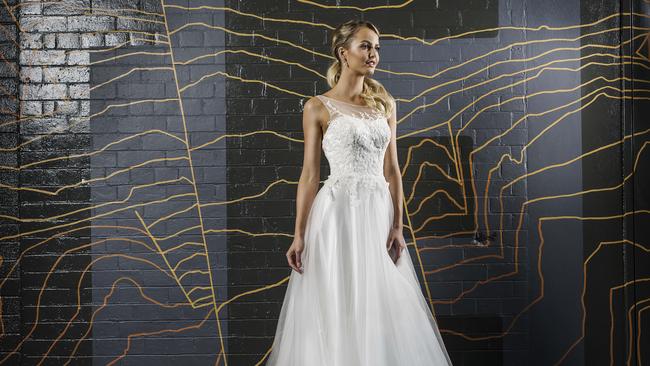
“Marriage equality will be a fresh and much-needed source of demand for the Australian economy,” the ANZ report says.
Bridal industry sources like to point out that Australia’s wedding sector is worth more than the profits of McDonald’s Australia and Coca-Cola Amatil combined. And unlike other retail industries, the size and reach of the wedding sector is considered “recession proof”.
“People are always going to keep getting married,” IBISWorld analyst Lauren Magner says. “Weddings are a rite-of-passage and couples will save for their big day.
“Economic uncertainty, weak consumer sentiment and other influences are unlikely to have a significant effect on wedding plans and, as the average age of couples who get married increases, the average spend on weddings is getting higher. For women the average age to get married is 29.6 and 31.5 for men.”
Where the wider retail market has struggled with volatile consumer sentiment, Magner says the wedding sector has become more resilient.
She says the bridal retail market has incredibly high margins, often as much as 500 per cent. And while growth remains at a steady 1.8 per cent this year, demand is “consistent”. There is also no “category killer” or big player in the market, meaning each segment, whether it be dressmakers, wedding cakes, flowers or celebrants, is largely fragmented into thousands of highly competitive businesses.
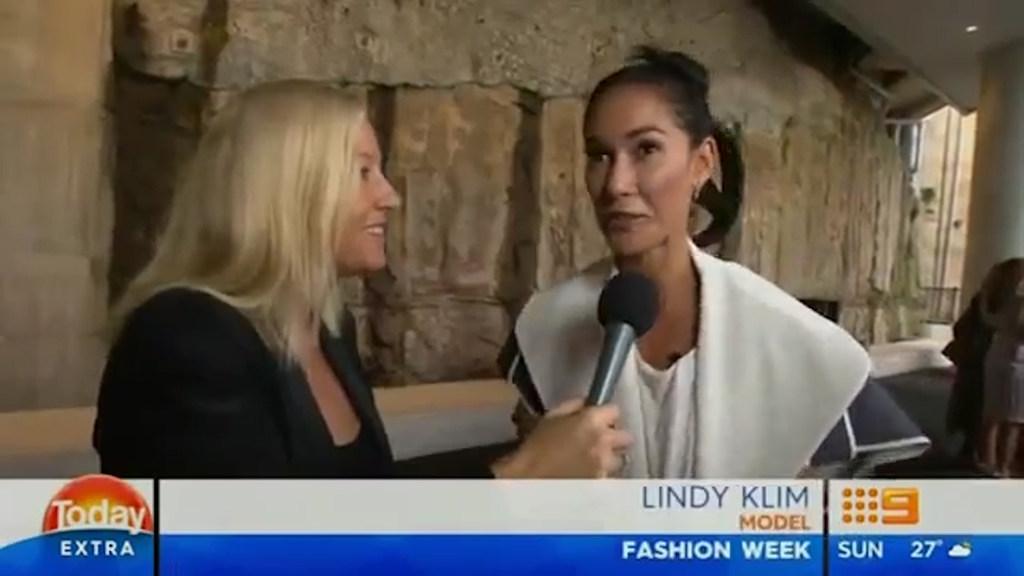
“The wedding industry is made up of small businesses,” Queensland Brides Expo chief executive Rhonda Bannister says. “People sitting at home can create their own business and take it to a ready-made market.
“Brides are always looking for something new and businesses are constantly evolving and bringing in new products and services to keep up with trends. They’re always thinking how can I make my wedding stand out.”
Bannister says unlike weddings of the past, today’s brides and grooms demand a point of “uniqueness” for their big day, and that comes at a cost. Expenditure now extends beyond the white dress, floral arrangements and catering as new services such as wedding stylists, photo booths and elaborate dessert tables become the norm.
The Style Co, a wedding stylist business which organised the weddings of AFL couples such as Nadia and Jim Bartel and Rebecca and Chris Judd, is one of those businesses that have popped up to meet the growing demand.
Creative director Marie de Vera says in the past celebrities used to set the benchmark for what was chic and stylish for weddings, but today social media is the biggest driver.
“Pinterest and Instagram play a massive part,” de Vera says. “It has really made businesses so much more accessible but it also increases competition, so it will push a lot of people up or out.”
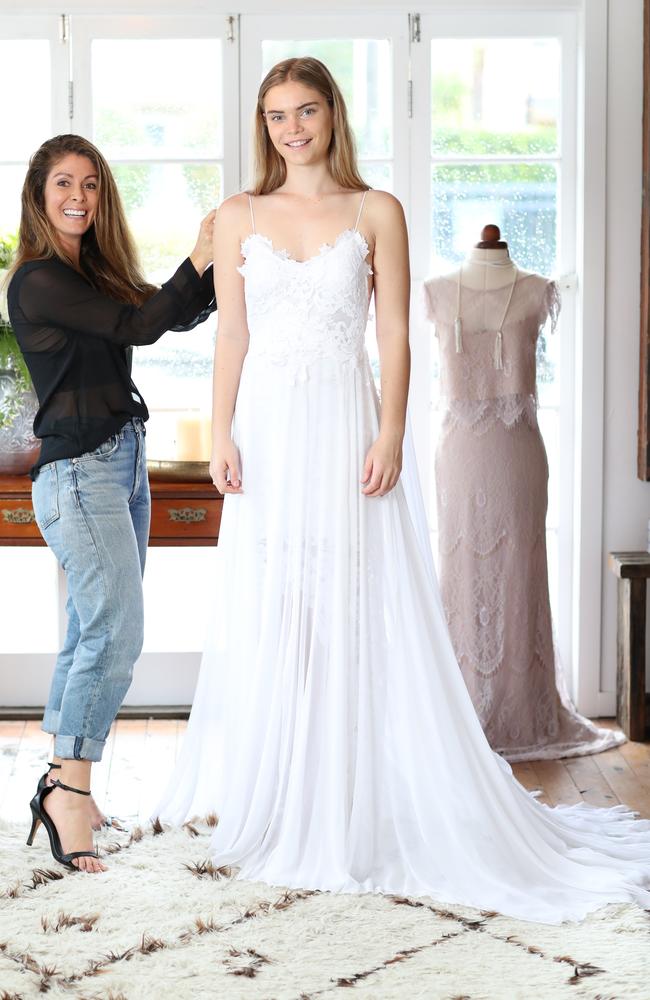
Queensland’s Grace Loves Lace boasts the most pinned wedding dress on Pinterest. Owner Megan Ziems has seen her business grow 300 per cent year on year since she launched in 2011, fuelled largely by the power of social media.
“Brides talk and women talk,” Ziems says. “Being an online business, it has been essential to our success.”
Ziems says it’s not uncommon now for couples to say their “I dos” with a personalised wedding hashtag that guests and friends can follow online. Businesses such as WeddingWire even have a hashtag generator so that each hashtag is unique.
The Photo Booth Guys, which was launched in Brisbane in 2013, was quick to notice the “digital weddings” trend where the entire wedding process is documented for the world to share on social media.
They now boast more than 1000 photo booth bookings a year across their markets in Australia and Britain.
“Weddings are starting to become less traditional,” co-founder Sophie Greensill says.
“The industry demands something fresh and that’s what we’ve tried to be. People also love to share their special moments, which is why we redesigned our booths to have features like hashtag printers and GIFs that people love and can share on social media.”
Those same apps have also been credited for helping attract destination weddings and Queensland remains one of the most popular spots.
I Heart Cakes owner Casey Hedley says cake orders and local venue hires on her native Gold Coast and Byron Bay book up as much as three years in advance, such is the lure of a destination wedding on the coast.
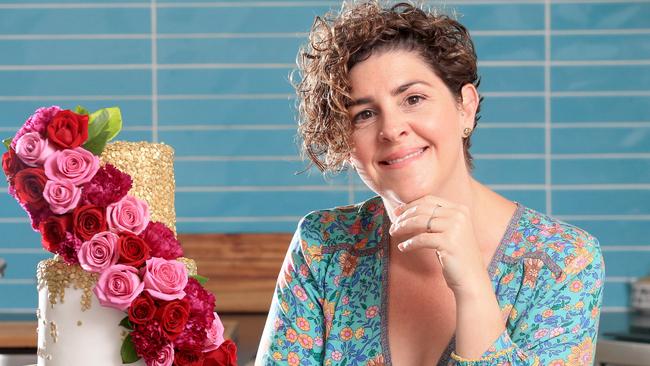
Queensland’s Maleny Manor is regularly named the No. 1 wedding venue location in the country by industry bodies and photographer Naomi Vasington, of Naomi V Photography, says bookings stretch out a year in advance.
However, with 329,000 Google hits for Brisbane photographers, she says there’s no shortage of competitors who have entered the market to cater to the growth.
“Social media really puts businesses and locations on the map,” Hedley says.
“With people booking so far in advance, it’s also changed the way they pay for their wedding.
“I’m seeing a lot of people preferring to pay off their cake order bit by bit, rather than the lump sum.
“It’s not uncommon to see bookings come in a year or 18 months in advance.”
Although IBISWorld predicts that the wedding industry will remain steady with modest and consistent growth, there are concerns that the rate of marriage in Australia is growing slower than the wider population.
Faced with a smaller pool of customers and increasing competition for the future wedding buck, Queensland designer Jack Sullivan Bridal says the most promising opportunities now exist in international markets, which are experiencing a phenomenon called the “big fat wedding”.
The daughter of a Russian oligarch was the first to host a billion-dollar wedding and as the single children of China’s one-child policy move further into adulthood, demand is also growing in Asia for more lavish weddings.
In the United Arab Emirates, the average cost of a wedding is $144,000.
To capture this growing luxury market, Jack Sullivan Bridal is one of a few Queensland businesses growing beyond Australian shores, and is in negotiations to take his bridal wear’s distribution rights to Africa and the Middle East.
“In order for the business to grow, it needs to expand overseas,” Sullivan says.
“But there are always challenges to overcome. Compared to our competitors, the cost of running a business in Australia, in addition to the fluctuating dollar, is the toughest battle in the international market.”
But there is also the statistic no bride or groom wants to think about. With one in three weddings ending in a marriage breakdown, there could be big opportunities for the sector to meet a growing demand from the divorce industry.
In the US, it’s estimated to be worth $50 billion annually with legal costs, divorce parties, remarriages, babysitting, online dating and counselling costs pushing it higher every year.
While it puts a dent in the fairytale, IBISWorld has flagged it as a lucrative new sector for the economy.
It will be up to the wedding industry whether they will embrace this future and develop new products that offer an alternative “happily ever after” events for “conscious uncouplings”.
This article first appeared in the November edition of Queensland Business Monthly.

